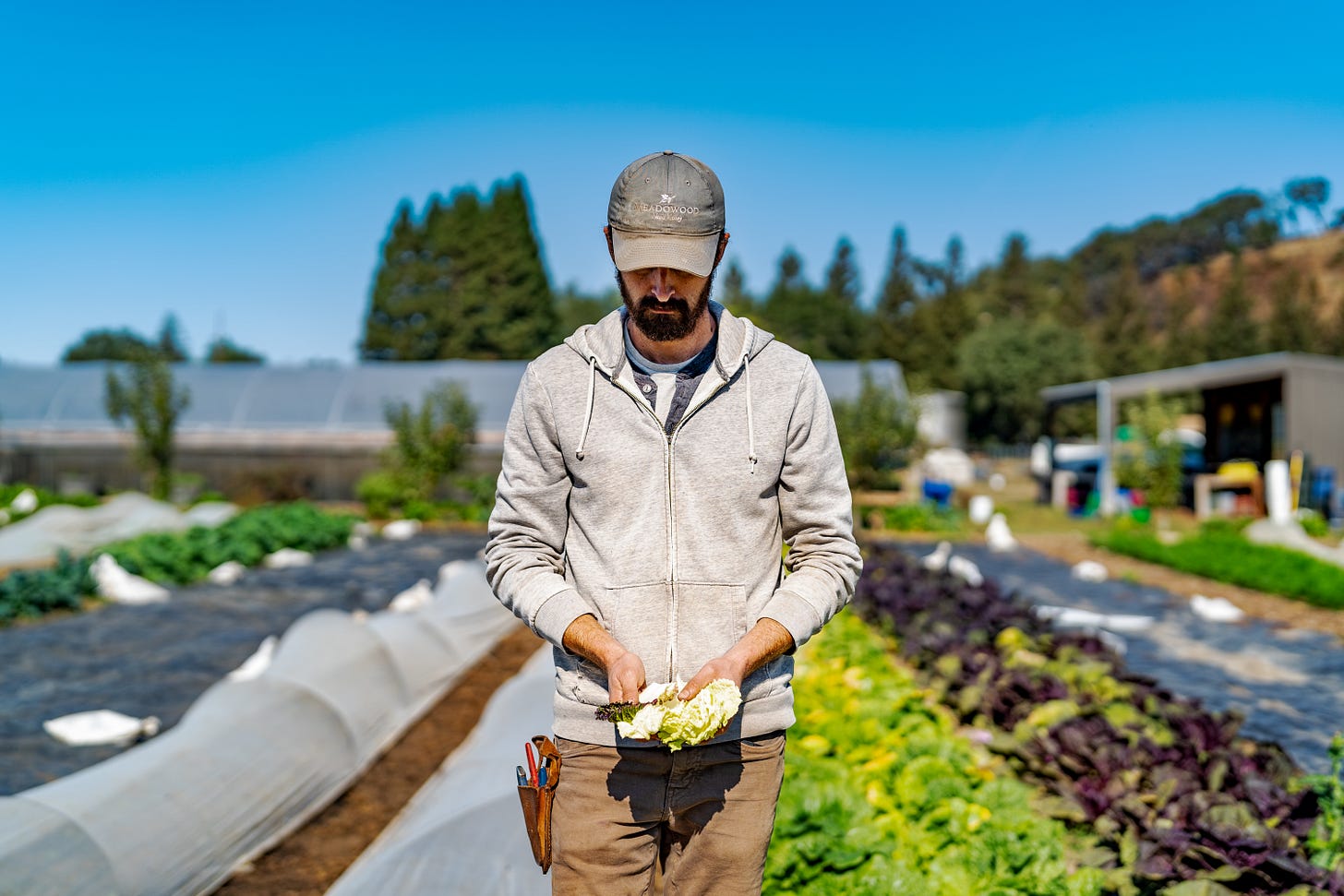NAPA VALLEY, Calif. — More than 20,000 years ago a major ice age spread across the northern latitudes of North America, Europe and Asia, and all the earthworms died. For millennia, these regions had no earthworms. But fast-forward to the 19th century, when Europeans and others emigrating to North America brought potted plants with them. Worms and other critters hitched a ride in the soil.
On the East Coast the worms altered the ecosystem. They ate the fallen leaves and other organic matter that the trees in northern forests evolved to depend on for nutrition. Centuries after the introduction of worms, East Coast woodlands are changing.
I heard this phenomenon discussed on gardening talk shows and read more about it in “1493: Uncovering the New World Columbus Created” by Charles C. Mann. As European settlers moved across the country, the worms moved with them and made themselves at home wherever they were. In the western United States worms turned out to benefit the soil and agriculture.
If you dig a hole in damp soil, you will probably run across one or more worms. These critters are earthworms (Lumbricus terrestris), and they live in the first 12 inches of soil. They dine on soil microorganisms and emit droppings known as castings that improve the soil. They also aerate the soil. Their activities produce tunnels that improve drainage and encourage root formation. Worms do not live in compacted soil.
Nightcrawlers (Eisenia hortensis) also live in the soil. When the air is damp, they surface and feed on plants. They are much bigger than red wigglers. I once put two nightcrawlers in a worm compost bin. When I cleaned the bin the next year, there were still just two at the bottom of the bin. Although some nightcrawlers from Europe and Africa are apparently good composters, these were not.
Red wigglers (Eisenia fetida, the so-called fishing worms) are the kings of the composters. They are the worms you find under stones, pots and piles of leaves. They only eat decaying organic matter. I once put a layer of maple leaves in a compost bin, and about a week later I had a crop of baby maples. The worms ate all the leaves but left the maple seeds.
Typically red wigglers eat or chew 90 percent of what you give them, including newsprint, plain cardboard, eggshells, daffodil leaves, spent flowers, leftover vegetables, coffee grounds and animal fur. If it’s organic matter, they will eat it. Their castings are a mild fertilizer that you can spread over a garden bed. The water and nutrients in it return to the soil.
Some gardeners add a cup or so of worm compost to the planting hole for vegetables. It gives the seedlings a boost. I sprinkle worm castings on the surface of container plants to feed them.
African red wigglers (Eudrilis eugeniae) are usually used in African keyhole gardening. They grow much longer than our red wigglers and eat more. The two species can coexist because they are not necessarily interested in the same decaying material. The African red wigglers usually need warmer temperatures, but I have corresponded with someone in Michigan who is successful raising them in his garage.
Other critters will take up residence in your compost bins, too. Sowbugs and pill bugs will arrive first. Their manure is just as good as worm castings. You might also spot small toads, earwigs, slugs, snails, an occasional small snake (they like worms), lizards, ants and flies. Most of these creatures coexist happily, but I do try to get rid of the fruit flies.
This year I am experimenting with putting compost bins in my raised beds. My beds are not round like keyhole gardens, but I put a bin in the middle of each bed so the worms can go back and forth and hopefully fertilize the vegetable bed they are in.
I am hoping that with this method the bins won’t need cleaning out every few years. Only time will tell.
Workshop: Join UC Master Gardeners of Napa County for “Pruning Deciduous Fruit Trees” on Saturday, Jan. 27, from 10 a.m. to noon at Las Flores Learning Garden, 4300 Linda Vista Ave. Napa. Learn the whys and hows of winter pruning, techniques and tool care. Workshop is indoors, but dress warmly for outdoor activities, weather permitting. Space is limited. Register here.
Library Talk: Join UC Master Gardeners of Napa County for “Growing Lettuce Year-Round in Napa County” on Thursday, Feb. 1, from 7 to 8 p.m. via Zoom. Learn how a seasonal field trial revealed lessons about growing lettuce in Napa County. Register to receive the Zoom link.
Help Desk: The Master Gardener Help Desk is available to answer your garden questions on Mondays and Fridays from 10 a.m. until 1 p.m. at the University of California Cooperative Extension Office, 1710 Soscol Ave., Suite 4, Napa. Or send your questions to mastergardeners@countyofnapa.org. Include your name, address, phone number and a brief description. For best results attach a photograph.
Penny Pawl is a UC Master Gardener of Napa County.







what a fun read on this overcast day. Thank you for the information. I only recently learned that earthworms can drown. Often up here near Sacramento, with a heavy rain, the worms surface, and simply cannot get away from the water. It is very sad to see. I never experienced that in the Napa Valley or the Bay Area. I can't wait to see how your new technique works. It sounds brilliant.
Great article, Penny!
I read every word!
I'd like to see you empty those bins!!